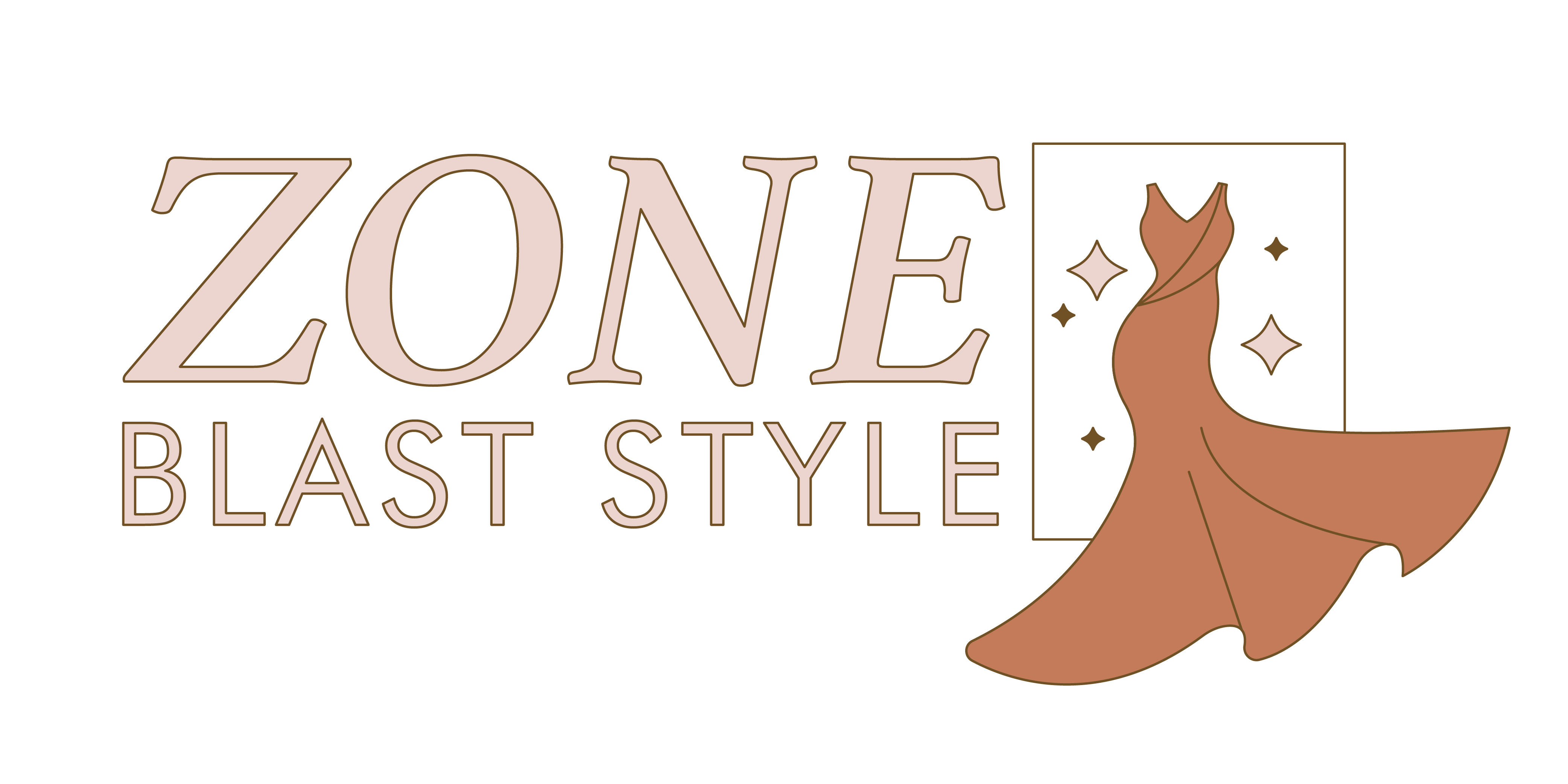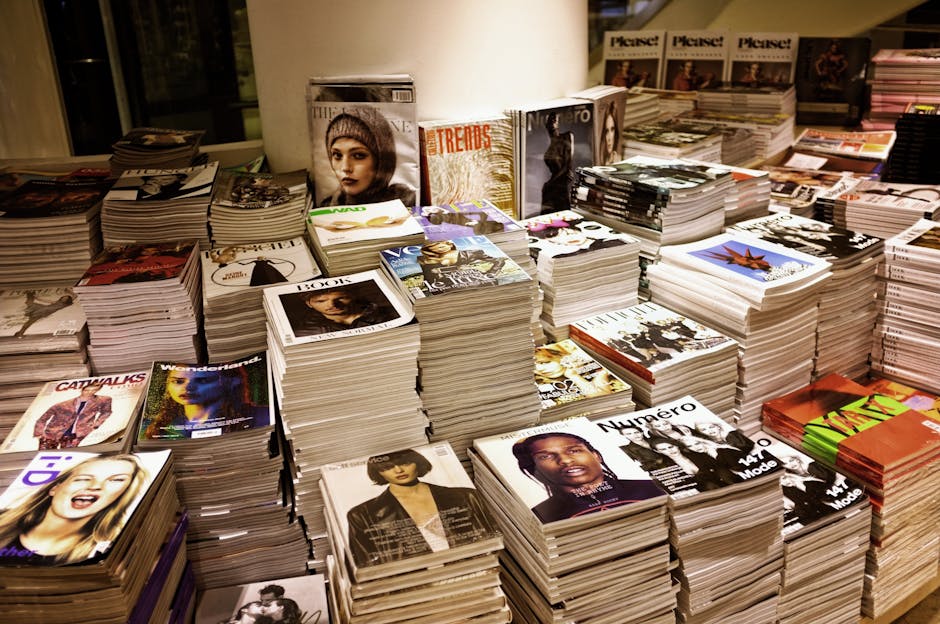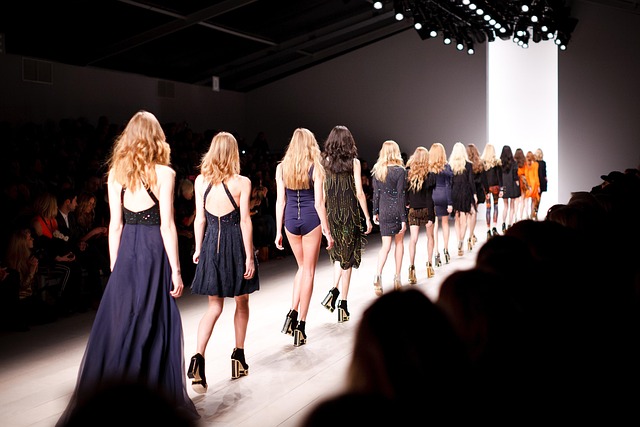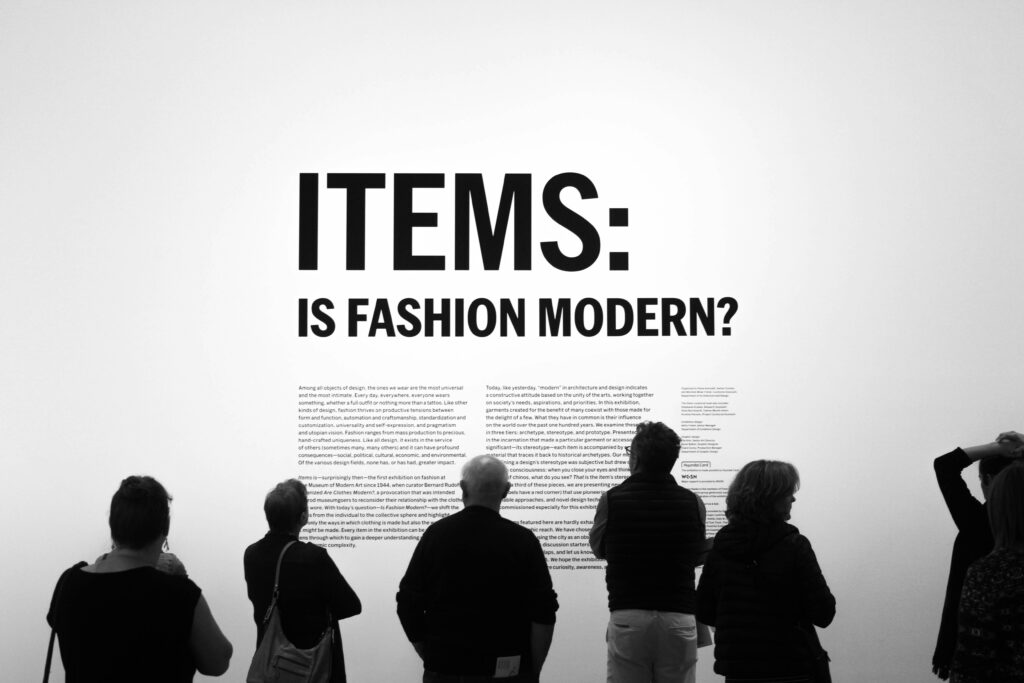Industry Snapshot — What’s Moving the Needle
The past week in fashion saw a few big moves: Gucci’s parent company Kering announced a surprise creative shakeup, with insiders hinting at a rebrand push for 2025. Meanwhile, Zara launched a limited run of AI-curated capsule collections—basic pieces, but algorithmically styled for personalized shopping. Quietly, Uniqlo expanded its U.S. store footprint, signaling confidence in its baseline essentials amid economic wobble.
Market-wise, two segments are pulling ahead. Luxury continues to flex, especially in the Asia-Pacific region, where high-end accessories and tailoring are outpacing wider retail. On the flip side, streetwear is going hyper-local. Small-batch labels tied to creators or regional scenes are getting traction fast—especially among Gen Z buyers turned off by mass-market hype drops.
Consumer behavior is shifting again. People still want trends, but not in bulk. Wardrobes are being built around slower pivots—like muted palettes, workwear crossovers, and subtle nostalgia—rather than dominant seasonal waves. Fast fashion isn’t dead, but it’s no longer shouting the loudest. Now it’s about longevity—pieces that live longer than the trend cycle they came from.
Sustainability Watch
Fashion is making louder promises on sustainability—but this week, a few names actually followed through. Adidas rolled out a limited sneaker line made with mushroom-based leather, tapping into the growing demand for animal-free alternatives. Meanwhile, H&M announced it’s doubling down on textile recycling in select European hubs, aiming to loop more pre-worn garments back into production. These aren’t silver bullets, but they’re steps forward.
New materials are also pushing their way up the chain. Bio-based dyes, lab-grown cotton, and seaweed-derived yarns are moving from fringe experiments to commercial interest. Brands aren’t just testing these in labs—they’re running them through real production lines. The goal: durability that competes with synthetic mainstays but doesn’t stick around in landfills for decades.
On the consumer side, the message is clear: greenwashing won’t cut it. Audiences want receipts. Shoppers are asking harder questions—where did this come from, who made it, what’s in it? That’s driving labels to publish clearer sourcing info and impact scores. It’s no longer a flex—transparency is becoming table stakes.
Tech Meets Fashion
Tech is no longer just behind the scenes—it’s front and center in how people shop, style, and experience fashion. One of the biggest leaps: AI. Brands now use it for virtual try-ons that are actually accurate, not just a gimmick. Shoppers can see how a jacket fits across sizes and lighting before tapping “buy.” And behind the curtain, AI tools are helping designers sketch silhouettes, suggest materials, and even predict upcoming trends without breaking a sweat.
Wearable tech is also moving past the fitness tracker phase. Think smart rings that track wellness discreetly, jackets with climate control, or bags that charge devices on the go. The whole idea? Smart functionality without killing the aesthetic.
Then there’s the retail experience. Physical stores aren’t dying—they’re evolving. Smart fitting rooms with digital mirrors let customers compare colors, check stock, or ask for new sizes without leaving the space. VR is showing up too, especially in fashion weeks and exclusive launches, where brands let fans attend runway shows from half a world away.
For a deeper dive on how tech is shaking up the style scene, check out The Impact of Technology on the Fashion World.
Collaborations + Drops You Should Know
This week was heavy on hype and high heat in the collab world. First up: Miu Miu x New Balance struck again with the 530SLG—a retro-sleek drop that sold out in under ten minutes. Resellers are circling like vultures, but fans seem split: some call it recycled nostalgia, others claim it’s the perfect mix of scrappy and chic.
Also making waves, Fear of God stretched into new terrain by teaming with Loro Piana, going high-end with classic tailoring. It’s a move that signals streetwear is still evolving, and willing to climb the luxury ladder when the fit is right. Early access shows interest is high, but don’t expect instant sellouts—the price point is doing some natural gatekeeping.
On the limited edition side, Uniqlo’s drop with Marimekko quietly outperformed louder launches. Clean prints, functional cuts, and accessibility mean this line didn’t need a flashy rollout to move units—it just landed in carts. Meanwhile, the Crocs x Balenciaga mule reboot seems to have missed its moment. High price, low utility, and questionable vibes.
Takeaway: Whether it’s comfort, legacy, or sheer weirdness, collaborations that land tend to tie all three together. Loud isn’t always lasting. Smart design still wins.
Runway to Real Life
The gap between the runway and reality keeps shrinking, and 2024 is no different. This season, designers leaned into elevated basics—oversized coats, structured knits, and louche tailoring. The key now is how you break that down for regular life. A floor-grazing coat with military shoulders from Paris? Dial it back with relaxed denim and boots. Liquid silk maxi dresses? Layered over turtlenecks or under leather bombers, they’re suddenly wearable on a Tuesday.
Microtrends aren’t waiting around either. Influencers on TikTok and IG have already latched onto details: buckle belts, fleece-lined ballerinas, and rich brown as the new seasonal neutral. Meanwhile, street style is pushing techwear mashups—think weatherproof layers with sleek tailoring. Utility meets confidence.
As for the Fall/Winter forecast: materials go tactile—crushed velvet, waxed cotton, quilted nylon. Shades of charcoal, rust, and forest green dominate, with neon used more as punctuation than headline. Silhouette-wise, it’s relaxed but precise. Volume up top (boxy jackets, padded shoulders), clean lines below. Fashion’s future is personal, but it’s also considered. Runway to real-life is no longer a translation—it’s a remix.
Retail & Business Moves
The fashion business is in flux—and this week offered a clear glimpse into how brands are navigating uncertainty while still pushing forward. From strategic store shifts to global repositioning, here’s what stood out:
Brick-and-Mortar Moves
The physical retail landscape continues to evolve, with several notable store launches and closures:
- New Flagship Openings: High-end labels like Loewe and Jacquemus opened flagship stores in Seoul and New York respectively, signaling confidence in key international markets.
- Shuttering Strategies: Meanwhile, mid-tier fast fashion players like Topshop and Missguided moved to close underperforming locations amid restructuring efforts.
- Pop-Ups on the Rise: Brands are increasingly turning to short-term retail formats to test markets and boost visibility—especially around seasonal collections or exclusive drops.
E-Commerce Pivots
In response to shifting consumer habits, companies are making key digital changes:
- Mobile-First Redesigns: Retailers are simplifying layouts and prioritizing mobile UX to drive conversion on smaller screens.
- Virtual Styling Services: Personalization continues to trend, with fashion marketplaces like Farfetch and ASOS expanding AI-based suggestions and live chat styling support.
- DTC Expansion: Direct-to-consumer strategies are gaining traction, with new e-commerce launches from niche luxury brands aiming to reduce reliance on wholesale channels.
Fashion’s Economic Game Plan
With inflation and slowed spending impacting retail, fashion brands are adapting in real time:
- Dynamic Pricing Models: Several brands are experimenting with limited-time pricing or flash sales based on real-time inventory and demand.
- Smarter Inventory: Using predictive analytics, companies like Zara and Uniqlo are tightening their supply chains to avoid overproduction.
- Sustainability as Strategy: The appeal of eco-conscious collections is growing—not just for ethical reasons, but as value-driven consumers demand long-lasting, versatile pieces.
Global vs. Local Positioning
Leading fashion houses are walking a fine line between global expansion and local relevance:
- Localized Drops: Think regional exclusives and culture-specific collaborations—like Nike Korea’s limited capsule celebrating Seoul Fashion Week.
- Cross-border Brand Messaging: More brands are employing multilingual digital campaigns and locally rooted influencers to connect with global audiences.
- Supply Chain Localization: There’s a rising push to move parts of production closer to end markets to avoid shipping delays and reduce environmental impact.
Fashion is changing faster than ever—but the brands that can pivot smartly on retail fronts, while staying tuned to both macroeconomics and microtrends, are the ones best positioned to thrive.
Final Take
If this week’s roundup proves anything, it’s that fashion rewards those who stay sharp. From AI-driven runways to sustainability finally turning into real action, the landscape keeps shifting—and quickly. For trendsetters, creators, and designers, that means paying attention isn’t optional. It’s leverage.
When you know what’s selling out vs. what’s falling flat, or which collabs are setting the internet on fire, you’re in a better spot to respond, remix, or even lead. Staying informed lets you cut through the noise and find your lane before it crowds up. For creators especially, understanding not just what’s trending but why helps shape smarter content and tighter brand collaborations.
Things to watch heading into next week: expect more crossover between tech and wearables, microtrends from street style gaining traction on social, and a continued push for more than just greenwashing from the big players. Keep your radar on and your instincts sharper.


 Founder & Creative Director
Founder & Creative Director
